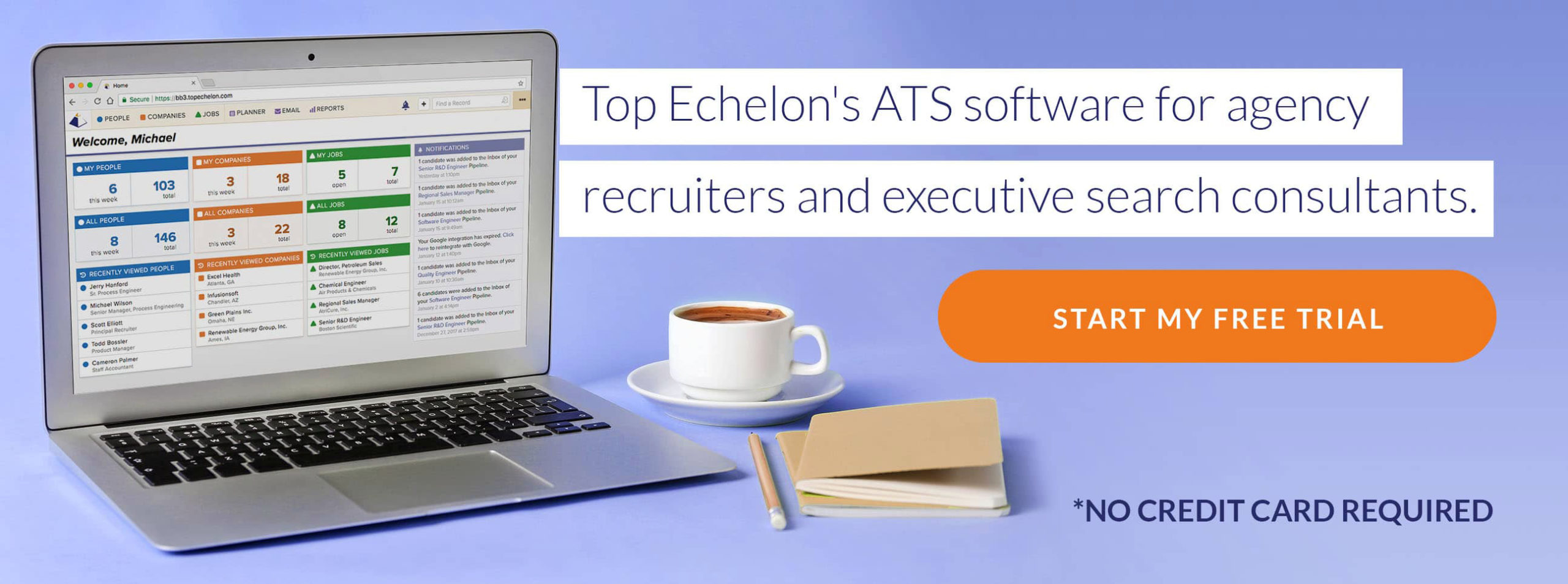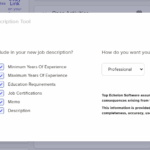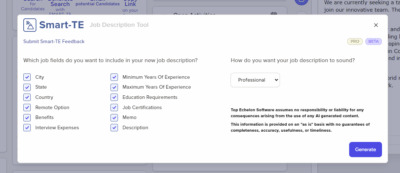Whether you’re new to recruiting or you’ve done it for decades, there’s always room for growth. As a recruiter, you can adjust your processes to help you rise to the top. Learn how lean recruitment can streamline your strategy.
What is lean recruitment?
Lean recruitment, or the agile recruitment process, aims to deliver more value using fewer resources. Many people associate lean processes with manufacturing because the idea was originally developed by Toyota. The company created a system that considered all expenses that do not go into customer value to be wasteful.
Operating lean was a huge hit for Toyota. Soon, many other companies (large and small across different industries) adopted lean values. Here are the main points from Toyota’s lean system:
- Continuous improvement
- Respect for people
- Long-term principles
- The right to produce the right results
- Add value to the organization by developing your people and partners
- Continuously solving root problems drives organizational learning
From a glance, you can see that the list looks like a recipe for success. But, what does working lean mean for recruiters?
In manufacturing, supply chains move raw materials through a process and end up with a finished product. Similarly in candidate relationship management, you move people through your candidate pipeline from a source to a client. You comb through the sources of candidates for recruitment, source candidates, give them the tools they need to advance to the hiring process, and present the best ones to your client.
You can apply traditional supply chain management principles to recruiting by determining which steps in your process add value and which do not. The goal is for recruiters to provide value with fewer wasteful steps.
Just in time hiring
Just in time (JIT) hiring is part of the lean recruitment process. It mirrors Toyota’s just in time system, which is based on the idea that parts should only be supplied as needed.
JIT recruiting helps you react to client demands faster. Instead of continually growing your candidate pool with applicants you don’t need, you tap into the potential of your candidate inventory, including resumes, your network, and social platforms.
When executing just in time hiring, you only contact, screen, and present candidates in response to a job order. Candidates are pulled through the recruiting pipeline based on demand.
For successful JIT recruiting, you need a strong database and recruitment process steps in place. This allows you to not only keep up with recruiting trends for your niche, but also source candidates fast.
Eliminating waste
One of the main goals of agile recruitment is to identify inefficiencies. After you determine what parts of your process are wasteful, work to eliminate or replace them.
Waste in recruiting
To implement lean recruitment, you need to review every part of your recruiting strategy for inefficiencies. There are many different sources of waste in recruiting. For example, you might be running inefficiently if you:
- Use top job posting boards that are more expensive than others but don’t draw in many qualified candidates
- Look at data too long, or the data you look at isn’t meaningful
- Take too long to contact and interview candidates
- Spend too much time finding and fixing problems
How to reduce waste
To reduce time-wasters for recruiters, you need a solid strategy. Use the following steps as a guideline to eliminating inefficiencies:
- Create uniform procedures for pre-screening candidates
- Determine what data needs to be tracked
- Regularly review recruiting metrics
- Keep records of each candidate’s source and status
- Utilize technology to automate tasks
Lean recruitment allows you to consistently cut the fat out of your process to overcome talent management challenges. You can use the steps above again and again for continuous improvement.
Adding customer value
Agile talent management is all about adding value to the candidate and client experience. To do this, find out each client’s workforce needs and source talent that meets them.
Identifying value
You identify value by focusing on your customers. Assess each group of customers (clients and candidates) separately using data. Your data can come from feedback organized in your recruiting agency software.
Find out how to get closer to a stress-free recruitment process. How many of your processes actually add value to your customers? What can be done more efficiently?
Separate the steps in your process into two categories: adds value and creates waste. Work on improving the steps that add value and eliminating the steps that create waste. This exercise helps you improve customer experience throughout the recruiting process.
Improving your approach
You can implement lean processes into your recruiting strategy by using the right technology. Recruiting tools can comb through information and perform certain tasks for you. That way, you can focus on providing value.
Recruiting software offers features like resume parsing, boolean searches, and job board integration that automate sourcing. Email creation and social media management tools can also help you find candidates. Utilize technology so that you can focus on adding value to customer experience.









